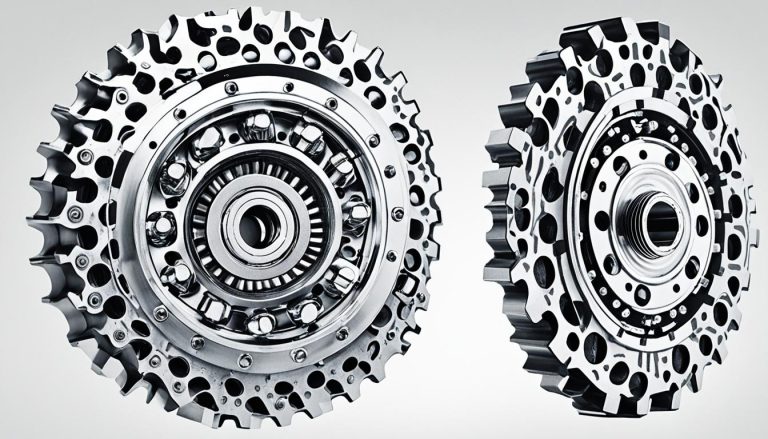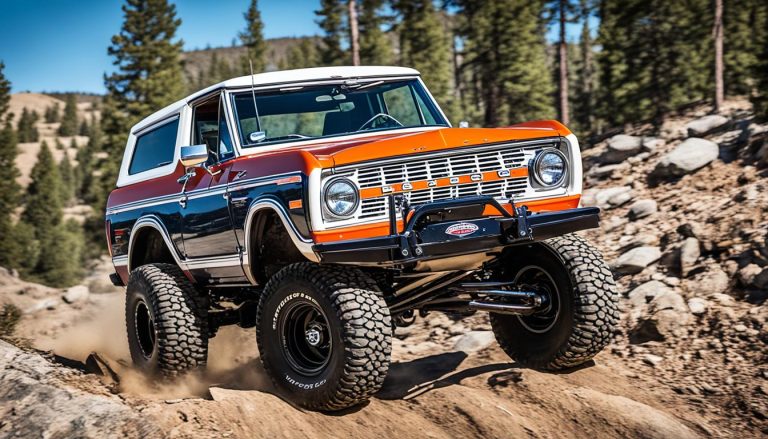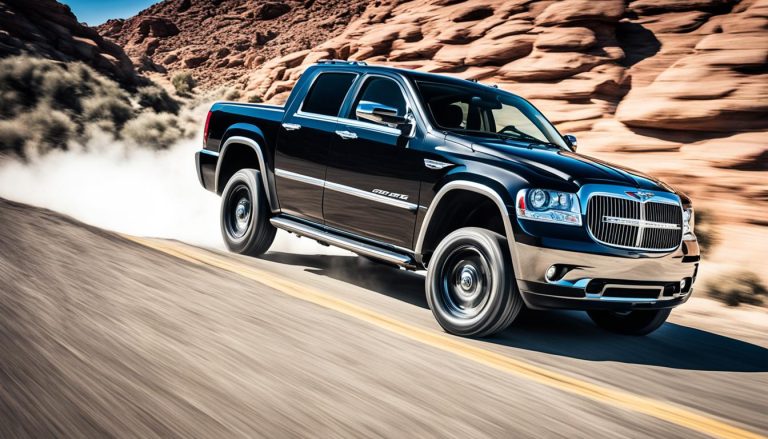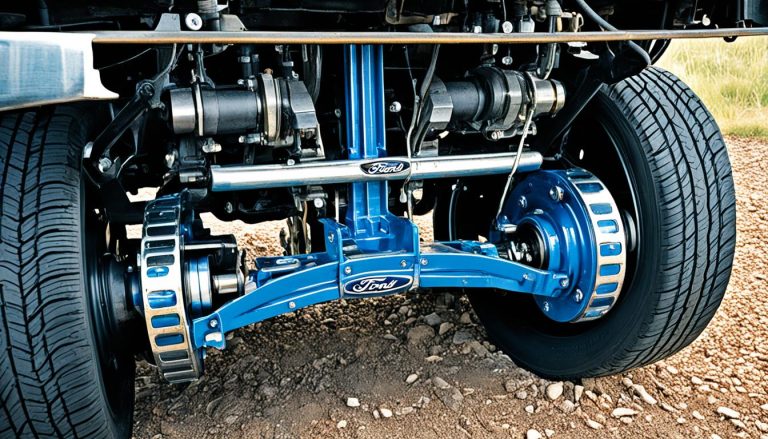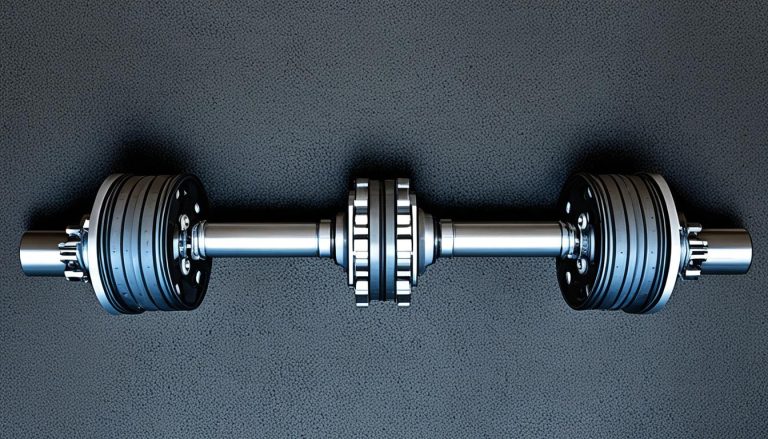Is Your Rear Differential Limited Slip? Find Out!
When it comes to maintaining your vehicle, knowing what’s under the hood – and under the chassis – is crucial. You might be wondering how to tell if a rear differential is limited slip, especially if you own a ride that thrives on performance or if you’re the hands-on type, keen on DIY maintenance. Perhaps you’re set on testing your limited slip differential, or just looking to dip your toes into identifying which limited slip differential your car uses. Either way, you’re in the right place. Let’s roll up our sleeves and get to the nitty-gritty of your vehicle’s differential!
Key Takeaways
- Understanding your differential type is key for proper maintenance and optimizes your vehicle’s performance.
- To identify an LSD, check the differential housing for labels or stickers provided by manufacturers such as Toyota.
- Use simple, non-technical tests like the spin test to infer whether your differential is likely a limited slip variety.
- Remember that the wheel spin direction during the spin test can indicate the presence of a functioning limited slip differential.
- Stay aware that visual identifiers like bolt count on the differential cover can sometimes offer clues about your differential type.
Understanding the Role of Your Rear Differential
When examining the machinery that propels you smoothly down the road, one component often overlooked is the rear differential. Acting as the final stop for power on its way to your car’s wheels, this crucial part is nestled between the drive wheels, ensuring that energy is not only transmitted but translated correctly for optimal vehicular performance.
How the Differential Fits Into Your Vehicle’s Drivetrain
Your rear differential is a hero in disguise, beautifully choreographing the complex dance between the power generated by your engine and the rubber meeting the road. It’s the intersection where the rotational force of the drive shaft gets a ninety-degree rerouting thanks to the orchestrated motion of ring and pinion gears. This integration guarantees a balance that allows for both spirited acceleration and fuel-efficient cruising at highway speeds.
The Essential Functions of a Differential in Maneuvering
Navigating through turns would be a jarring experience without the adaptive feature of a differential. As your vehicle carves a corner, the inner and outer wheels travel along paths of varying diameters. Hence, they must rotate at different speeds to maintain smoothness and grip. In its absence, tires would be subject to undue wear from slipping and dragging on the pavement.
In most rear-wheel-drive cars, you will typically find an open differential, which gives each wheel the freedom to rotate independently from the other. However, step into the territory of high-performance driving or tricky road conditions, and you’ll likely encounter a limited slip differential (LSD). This design is an evolution in traction control, automatically sensing and mitigating wheel spin by connecting the drive wheels to ensure both receive power, especially critical when one side lacks grip.
| Type of Differential | Features | Primary Use |
|---|---|---|
| Open Differential | Allows wheels to spin at different speeds | Standard driving conditions |
| Limited Slip Differential (LSD) | Links wheels mechanically to maintain traction | High-performance driving |
Understanding these differential types and recognizing the one your vehicle employs will not only enhance your knowledge but could also save you on maintenance and enhance your driving experience.
Identifying the Type of Differential in Your Car
Peeking under the hood—or in this case, the undercarriage—of your vehicle can reveal much about the performance capabilities of your car. It’s essential to uncover the mystery of your vehicle’s differential type, as this small piece of engineering determines your wheel’s response in various driving situations. The differential’s design, be it open differential or limited slip, affects your driving experience and maintenance routine.
Visual Inspection Techniques: What to Look For
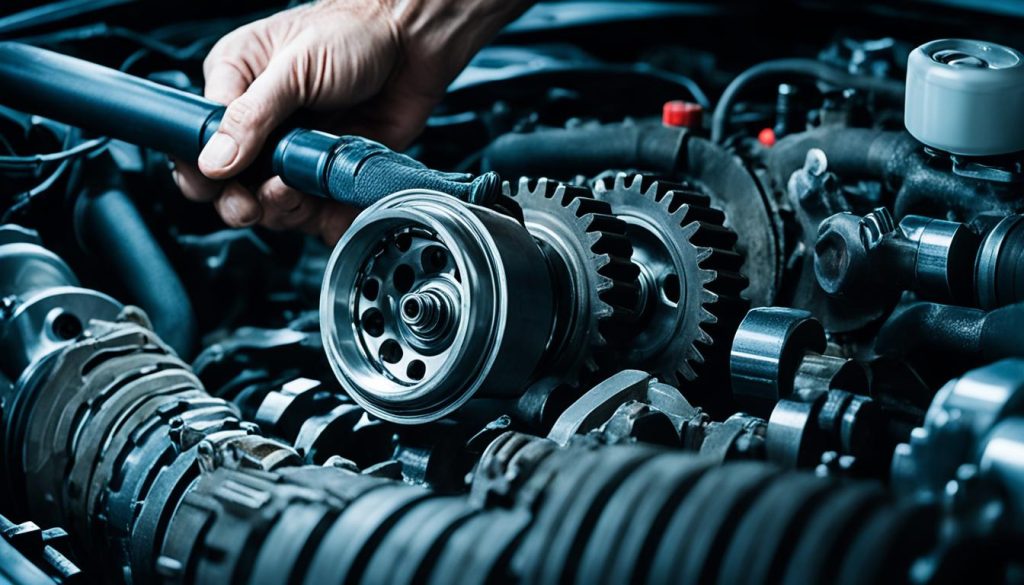
Commencing your investigative journey, a visual inspection can divulge many secrets. For truly adept differential identification, key characteristics to inspect include the physical structure and presence of certain components that differ between differential types. Popular manufacturers like Ford and Toyota provide indicators that aid in the differential identification process without requiring a deep dive into the machinery.
Deciphering Axle Tags and Stickers
If you are working with a Ford vehicle, look for the door sticker: a label featuring a code with a letter followed by a number signals an LSD, whereas an open differential is hinted at by two numbers. Toyota loves simplicity and often employs an “LSD” sticker directly on the housing. Yet, sometimes the most revealing clues are the most overlooked; the number of bolts on the cover of the differential can be a surprisingly clear indicator of the type within.
Below is a table to guide you in identifying differential types based on number of bolts typically found on differential covers:
| Number of Bolts | Differential Type | Common Vehicle Brand |
|---|---|---|
| 10 | Open Differential | Various |
| 12 | Limited Slip Differential (LSD) | Ford, Toyota |
| 14 | Heavy-Duty or Performance Differential | Chevrolet, GMC |
Maintaining the right type of gear oil is critical in differential maintenance. Make a note: LSDs require oil with special additives to function properly, which is not the case for open differentials. Each vehicle manufacturer will recommend specific types of gear oil for their differential units, so it’s wise to consult your owner’s manual or reach out to the dealership for the best advice.
How to Tell if a Rear Differential is Limited Slip
When you encounter scenarios that require optimum traction, the kind of rear differential your vehicle is equipped with becomes crucial. Among the clear signs of a limited slip differential is the behavior during what is known as the spin test. As you venture into understanding your vehicle’s capabilities, this simple diagnostic approach could reveal much about the performance you can expect in varying driving conditions.
The Spin Test: A Simple Diagnostic Approach
Have you ever wondered if your vehicle benefits from the enhanced traction control a limited slip differential offers? You can perform the spin test easily. Here’s how: first, safely lift the rear of your vehicle off the ground using proper lifting equipment. Place it securely on jack stands to prevent accidental slippage—a safety must!
Once the rear wheels are airborne, manually rotate one wheel. If your car has a limited slip differential, the opposite wheel will turn in the same direction. This synchronized movement is key—one of the primary signs of a limited slip differential—and something you’d never see with an open differential. It’s important to note that this method assumes the differential is in good working order, so keep that in mind as you assess your findings.
Interpreting Wheel Spin Behavior
Observing how the wheels respond during the spin test provides valuable insight into the type of differential installed. If the opposite wheel moves counter to the one you’re turning, this suggests the presence of an open differential. It’s practical knowledge that can impact the type of maintenance your vehicle will require and also inform how you might handle certain driving conditions. As with many vehicle features, understanding what’s under the hood empowers you to make the most of your ride.

Whichever type of differential your vehicle may have, the importance of regular maintenance and the use of the correct lubricants cannot be overstated. Especially with limited slip differentials, using the right gear oil is paramount to ensure the clutches within the differential continue to operate smoothly, giving you the performance and stability for which they are valued.
Now that you’re more familiar with these simple tests and signs of a limited slip differential, you’ll be better equipped to engage in conversations about your vehicle’s performance and maintenance needs with automotive professionals. And remember, safe driving habits paired with the knowledge of your vehicle’s dynamics make for a confident and capable driver.
Limited Slip Differential vs. Open Differential: Key Differences
When you’re selecting a vehicle or looking to enhance your driving experience, understanding the type of differential your car has can be crucial. The main contenders are the limited slip differential (LSD) and the open differential, each having distinct functionalities and benefits. As a driver, it’s important to know these differences, as they influence the performance and traction of your vehicle, especially under challenging conditions. Let’s delve into the distinct attributes of LSD and open differentials and how they impact your driving.
Performance Implications for Your Vehicle
The benefits of a limited slip differential are clear when it comes to performance. By ensuring that power is distributed between the wheels when traction difference is detected, LSDs maintain drive force even in low-grip situations. This feature is particularly beneficial for high-performance vehicles that demand superior handling and for off-road driving where terrain can be unpredictable. On the other hand, vehicles with an open differential typically deliver a more compliant ride during regular driving conditions. However, in scenarios where one wheel loses traction, open differentials may not provide the same level of performance as an LSD would.
Traction and Control: Comparing LSD and Open Differentials
In matters of traction, limited slip differentials take the lead. If you find yourself on slick surfaces – be it rain-slicked asphalt, mud, or ice – the LSD will shine by transferring torque to the wheel with more grip, thus keeping you moving forward. This mechanism allows for more control and stability, a stark contrast to open differentials which might struggle as power goes to the wheel with the least resistance, often the one with lesser traction. Moreover, maintenance of an LSD might require a bit more attention; it’s not just about performance but also ensuring its longevity. Proper limited slip differential maintenance, which includes using specific types of gear oils and periodical checks, is essential to harness the full potential and benefits of your vehicle’s LSD.
FAQ
How can I tell if my rear differential is a limited slip type?
You can identify a limited slip differential (LSD) by performing a spin test. Lift the rear of your car, turn one wheel, and if the opposite wheel turns in the same direction, it likely means you have an LSD. Other identification methods include checking for axle tags, stickers, or distinctive traits such as the number of bolts on the differential cover.
What role does my rear differential play in my vehicle’s drivetrain?
Your rear differential is integral to your vehicle’s drivetrain. It transfers the power from the drive shaft to the wheels, allowing them to rotate at different speeds especially when turning. This ensures proper handling and efficient power delivery from the engine to the wheels.
How does a differential function during vehicle maneuvers?
A differential allows your vehicle’s wheels to rotate at different speeds, which is crucial for handling turns smoothly. The outside wheels have to turn faster than the inside wheels due to the larger turn radius, and the differential compensates for this difference.
What should I look for during a visual inspection to identify my differential type?
Look for axle tags or stickers that indicate the differential type. Check the number of bolts on the differential cover—typically, 10 bolts could signify an open differential. Also, observe any labels or manufacturer’s marks that could hint at whether you have an LSD or an open differential.
How do I decipher axle tags and stickers on my differential?
Axle tags and stickers provide information about your differential. For instance, Ford vehicles may use a code with a letter followed by a number to indicate an LSD, while two numbers often represent an open differential. Toyota might have an “LSD” sticker directly on the differential housing. Always refer to your manufacturer’s guide for specific details.
What is the spin test and how does it help identify a limited slip differential?
The spin test involves lifting your vehicle and rotating one of the rear wheels manually. If the wheel on the opposite side rotates in the same direction, it indicates that you have a limited slip differential. The test is straightforward and doesn’t require special tools, but make sure your differential is in good working order for accurate results.
How do I interpret wheel spin behavior when testing for a limited slip differential?
When conducting the spin test, if the opposite wheel spins in the same direction as the wheel you are turning, it implies that the connection within the differential is functioning and you likely have an LSD. If the opposite wheel spins in the opposite direction, it suggests you have an open differential.
What are the key differences between a limited slip differential and an open differential?
A limited slip differential mechanically links the wheels together when one loses traction, providing better control and enhanced performance. It’s especially beneficial in slippery conditions or during performance driving. An open differential, however, allows the wheels to spin independently, which is great for regular driving but may result in loss of traction under more demanding conditions.
What are the implications of having a limited slip differential for my vehicle’s performance?
Having a limited slip differential (LSD) improves traction, handling, and safety. The LSD adjusts power distribution to the wheels, ensuring that even when one tire loses grip, the vehicle maintains better control. This results in a performance advantage, particularly under conditions where grip is variable or limited.
How do traction and control compare between LSD and open differentials?
LSD provides superior traction and control by reducing the difference in rotational speed between the two driven wheels. This is crucial when one wheel is on a slippery surface, allowing the vehicle to maintain momentum. An open differential lacks this mechanism, which can lead to one wheel spinning freely without aiding in traction, particularly in low grip scenarios.

